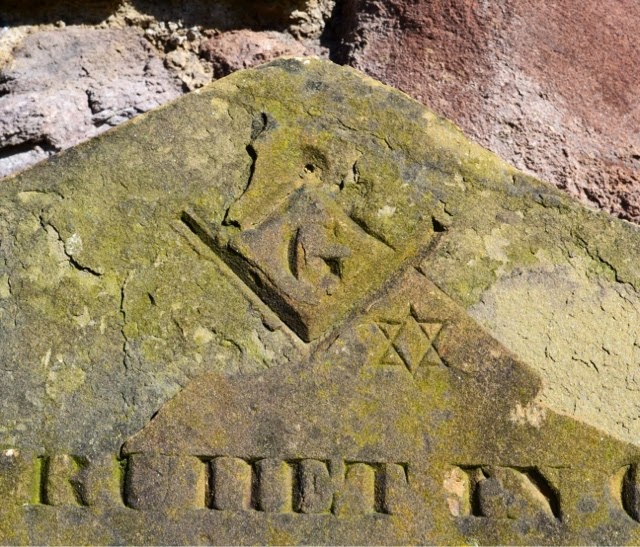1839, June 13
The body of a man was found in the river Wear, at Sunderland, attached by a rope to a large stone. the skull was fractured into numberless pieces; and the body was naked, save a flannel shirt and stockings.
The body was removed to the workhouse at Monkwearmouth, where it was identified by two of the crew of the Phoenix, of Stettin, as that of their captain, Johann Friedrich Berckholtz, who was about 55 years of age.
No doubt being held as to the deceased having met his death unfairly, instant search was made, and the cabin was found to bear evident marks of the deed. Subsequent investigation led to the committal of Jacob Friedrich Ehlert, the mate of the ship, and Daniel Muller, aged 19, the cabin boy, and they both confessed being accomplices in the murder, but mutually charged each other with the deed.
From the statement of the boy, who was admitted a witness to the crown, it appeared that on the night of the 11th, the mate, after giving him some spirits, induced him to go into the cabin where captain slept, and while he (the boy) held a lantern, the mate struck the unfortunate master three heavy blows on the head with a hammer, by which death was caused immediately.
They then got into a boat and rowed near to the bridge, dragging theory body after them, and the mate having produced a stone, he tied it to the body, and let both sink into the middle of the stream.
There were several circumstances in the boy's story corroborated by the crew and others concerned in the matter.
The jury found Ehlert guity, and he was executed at Durham on the 16th August, persisting in his innocence to the last. He was native of Barth-Pomerania.

